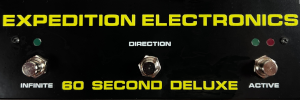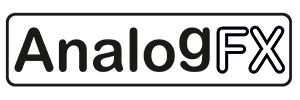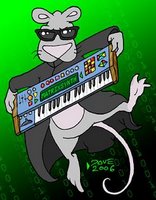Friday, December 19, 2008
Roland JX8p | demo (2 of 2) by syntezatory.prv.pl
YouTube via Jexus. Part 1 here (updated with hi quality audio).
"1985 Roland JX-8p. All sounds programmed by WC Olo Garb. All melodies by WC Olo Garb. Video editing by WC Olo Garb. ||| Syntezatory.prv.pl Videos: showing you not what a synthesizer can do, but what a man can do with a synthesizer. [].[].[] Deep apologies to all the people disappointed by the lack of the attempt to recreate The Final Cuntdown patch."
Korg nanoPAD Review - Sonicstate.com
YouTube via sonicstate
"The first of the three - this teenie li'l fella promises, but does it deliver?
More stuff at Sonicstate.com"
HumBox VM1 Scat Synth
 "HumBox VM1 is a VSTi synth with advanced structure for manipulating sounds that allows a quick creation of quality backing vocals and solo lines, realistic scat melodies and original sound effects. It sounds unique as a melodic line, scat or backing vocal simulation as well as an effect for a Movie & Game soundtrack. VM1 is very sensitive to what you’re playing. Press a few MIDI keys and you’ll feel it! Listen to demo examples and have a blast using the HumBox!
"HumBox VM1 is a VSTi synth with advanced structure for manipulating sounds that allows a quick creation of quality backing vocals and solo lines, realistic scat melodies and original sound effects. It sounds unique as a melodic line, scat or backing vocal simulation as well as an effect for a Movie & Game soundtrack. VM1 is very sensitive to what you’re playing. Press a few MIDI keys and you’ll feel it! Listen to demo examples and have a blast using the HumBox!It comes with 10 Voice Banks and 50 Styles, so each virtual vocalist has a few variations, in which he or she can perform. These Banks and Styles are named to help identify specify vocal character.
All Styles can be used in Solo, Dual or Poly mode, which increases possibilities for the user.
Another great VM1 feature is automatic “phrasing” and “breathing”. VM1 has phrase Volume and Pitch envelopes and inserts noises in pauses, which animates the voices considerably.
VM1 has an advanced system of patch parameters: every VM1 Style is a set of 7 patches, and their parameters are used for calculating the current patch on the base of musical context: Velocities, Note Numbers and music Intervals. Due to the “morphing of patch parameters” the sound very sensitive to musician’s play or to a MIDI score. “Phrasing” and insertion of noises add sufficient liveliness of the sampled synthesis. We call this approach ”Context Dependent Expressive Synthesis”.
The interface is very simple, so musicians are freed from technical details, and have wide possibilities for manipulating the sound.
Most control elements are intuitive and don’t require setting specific values. They are used to increase or reduce any given parameter of sound. So, after loading Bank and Style you can easily set the sound according to your needs.
In addition to that, all sections have QuickHelp - brief comments that can be shown on top of the program window.
So, listen to demo songs, take a look at the very detailed help file, watch the tutorials and have a blast using the HumBox VM1!
Price: 49 USD"
link to more info
Tom Gambles EFM 1900er series PCBs on fonitronik
old EFM forum topics
"olf EFM forum topics
I built several of Tom Gambles EFM 1900er series PCBs. He made a close out and sold his remaining stock in april 2007. there are a lot of these PCBs spread all around the world, many unbuild yet, i guess.
BAD NEWS: When these PCBs where actually released there was a forum at the EFM site. This forum is gone.
GOOD NEWS: Many thanks to Dave Kendall who filed many of the topics of the old EFM forum, and now i am glad to publish them. Thanks to Tim Stinchcombe who provided me with additional files to complete the list. Any helpful information is appreciated so don't hesitate to contact me if you have some files available that you might want to share here. The topics discuss errors, tweaks and modifications - VERY usefull:" [link]
Be sure to check out the rest of fonitronik modular synth diy.
"olf EFM forum topics
I built several of Tom Gambles EFM 1900er series PCBs. He made a close out and sold his remaining stock in april 2007. there are a lot of these PCBs spread all around the world, many unbuild yet, i guess.
BAD NEWS: When these PCBs where actually released there was a forum at the EFM site. This forum is gone.
GOOD NEWS: Many thanks to Dave Kendall who filed many of the topics of the old EFM forum, and now i am glad to publish them. Thanks to Tim Stinchcombe who provided me with additional files to complete the list. Any helpful information is appreciated so don't hesitate to contact me if you have some files available that you might want to share here. The topics discuss errors, tweaks and modifications - VERY usefull:" [link]
Be sure to check out the rest of fonitronik modular synth diy.
Korg Minipops 120P
Hohner Symphonic 30N

flickr set by transanalog
"Let's just say the Germans are very methodical. The build quality is top notch and it doesn't sound all that bad - kind of like a tamed down early 70's Japanese organ. To accomplish separate footings it uses glass neon tubes instead of transistors. Because of that there is a distinct high pitch whine emanating from the unit separate from the audio signal. Also since it uses neon tubes it can shock the living piss out of you if you're used to working with solid state circuitry."

HK2007
 Happy Knobbing 2007 flickr set by fonitronik
Happy Knobbing 2007 flickr set by fonitronik(click for more)
"all bananas"
KORG PS-3100
"Happy Knobbing 2007 in Fishbach/Germany - where the modular geeks meet..."
Anyone ID the modulars?
Thursday, December 18, 2008
FIRST PRODUCTION MATTSON MINI MODULAR FIVE - SWITCHED ON ANONYMOUS
YouTube via redmartian
"This is a renaissance dance by Cesar "Il Trombone" Negri [1535-1605] (Chilesotti's transcription) performed on the Mattson Mini Modular. The video features stills of the VCO-J and the JP-VCF which I did not have in the video 'Mattson Mini Modular Inside and Out".
I am hoping to do more of Chilesotti's lute transcriptions as well as a few of Luis Milan's Pavanas."
DSI still Sequential Circuits
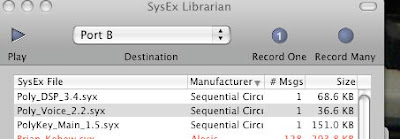
This one spotted by prophei. He downloaded the sysex for the three individual OSes for the DSI Poly Evolver Keyboard off of the DSI website. When he looked at the manufacture in the Mac OS X SysEx Librarian this is what he saw. Anyone confirm?
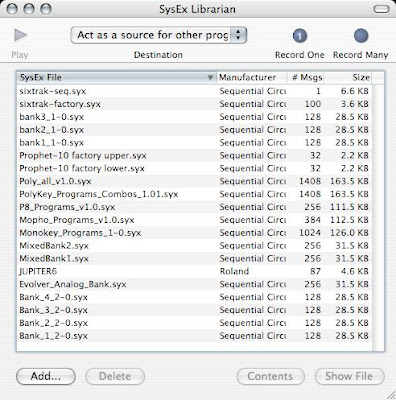 Update: another screen shot sent in and confirmations in the comments.
Update: another screen shot sent in and confirmations in the comments.Update via wavedeforum via the comments: "The manufacturer ID is not IP that would get sold with Sequential Circuits. It is an ID issued by the MIDI Manufacturers Association. Usually a number is retired or recycled when a company ceases doing business.
Because of Dave Smith's role in getting MIDI going, he gets to keep his ID, which is 1.
It's the programs that interpret Sysex that lookup the ID and display an appropriate string that are at fault for still displaying Sequential Circuits. I would think that they should be revised to display DSI/Sequential or something similar."
also sent my way privately via Stephen via Synthwood. Pretty cool when you think of it. Dave Smith was THE man behind MIDI. SCI was first with the Prophet-600 followed by Roland with the JX-3P. I'm guessing Roland has ID #2, but I have yet to confirm this. Be sure to see the comments of this post for more.
Update via Dave Cornutt in the comments:
"Roland is not ID #2 because the IDs are divided into three groups, American, European, and Japanese. The American group starts with 1; the European group starts with 20 hex, and the Japanese group starts with 40 hex. Roland is assigned ID 41H; for reasons unknown to me Kawai was given 40H. Here's the whole original list, from "The Complete SCI MIDI", January 1984 edition (all numbers in hex):
Buchla 200
 Two shots via the comments of this post.
Two shots via the comments of this post.Top is a flickr by fastheadache
(click for more)
Bottom is via Christian here where you'll find other synth shots as well.

PREVIOUS PAGE
NEXT PAGE
HOME
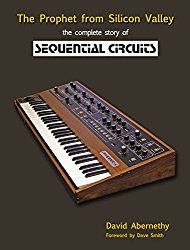
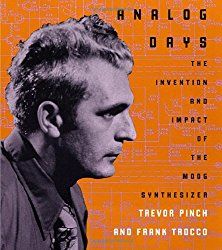
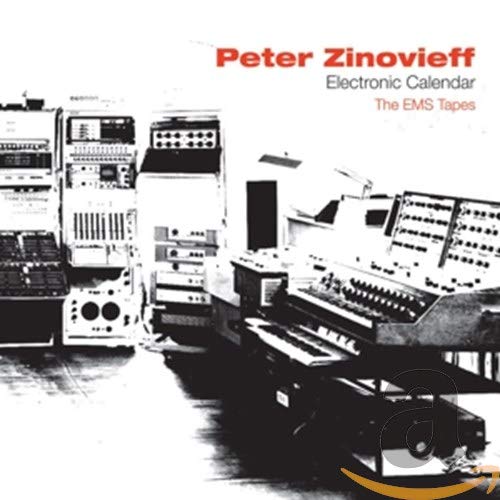
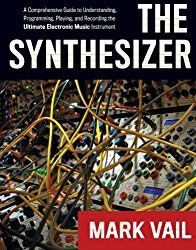

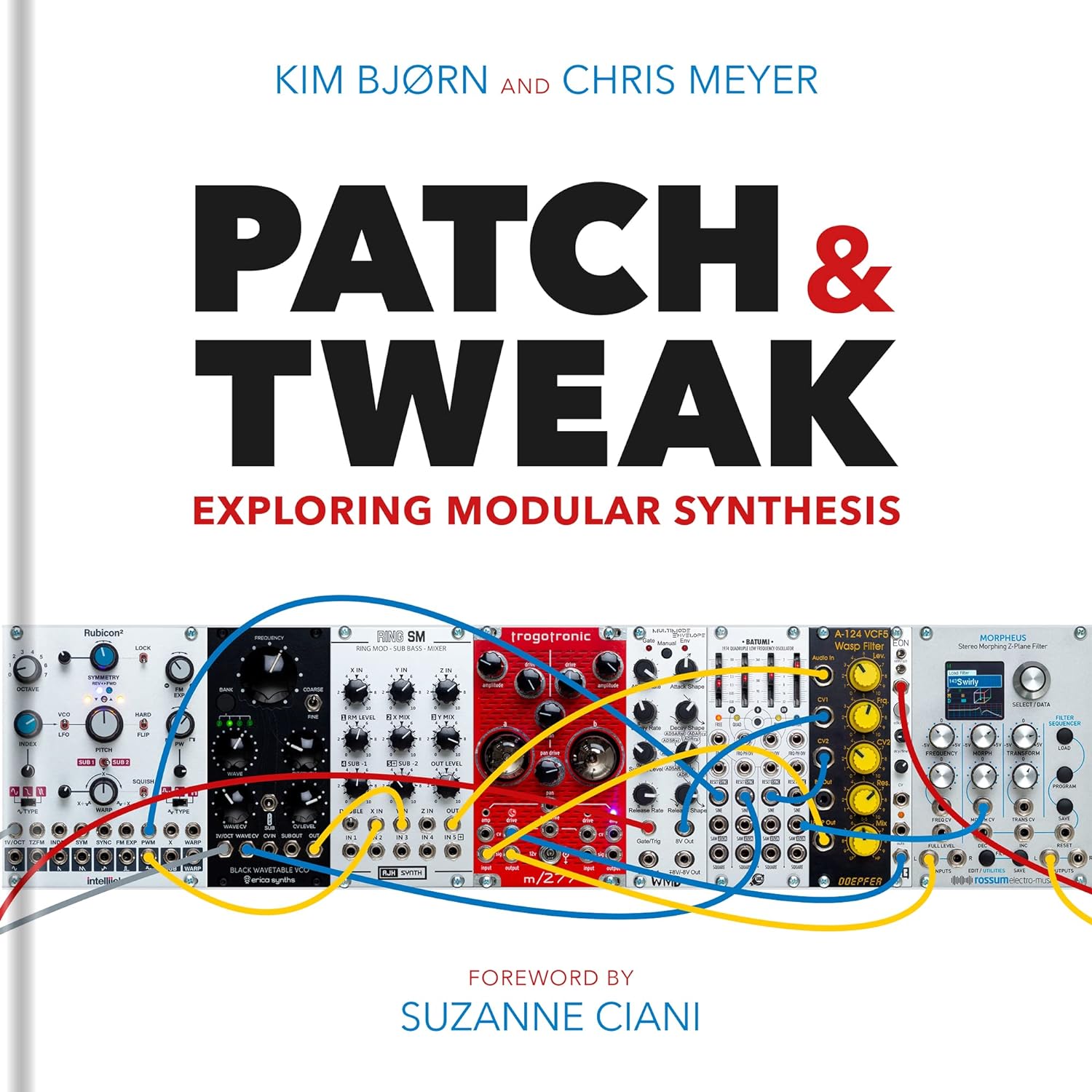
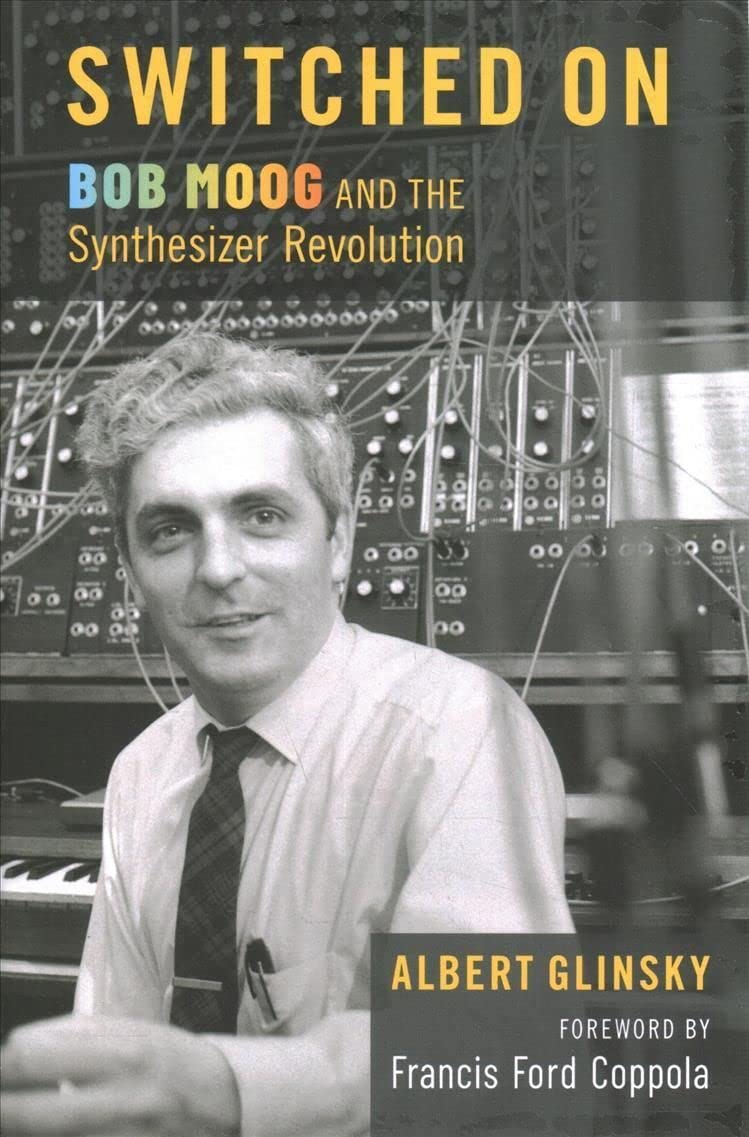
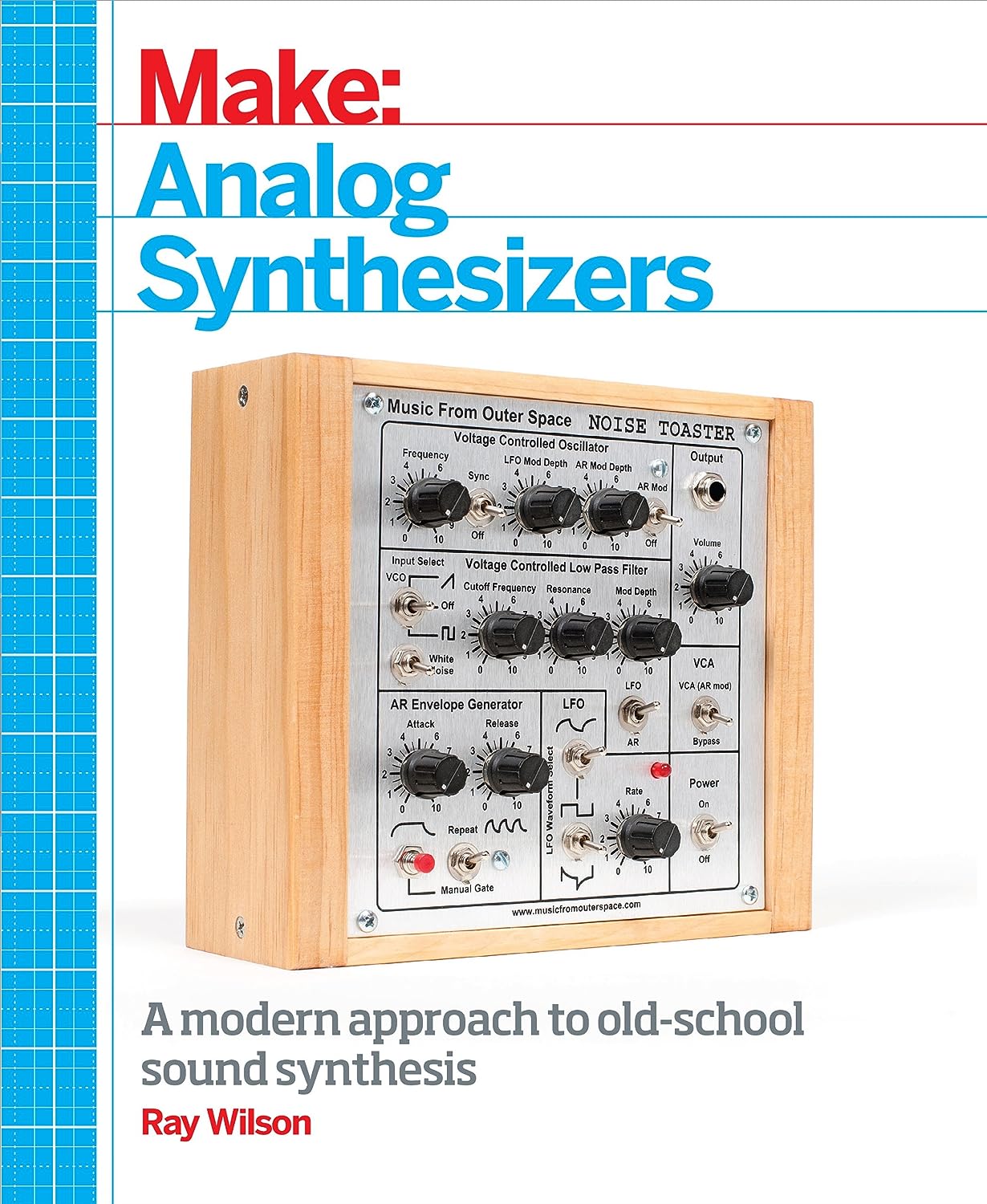
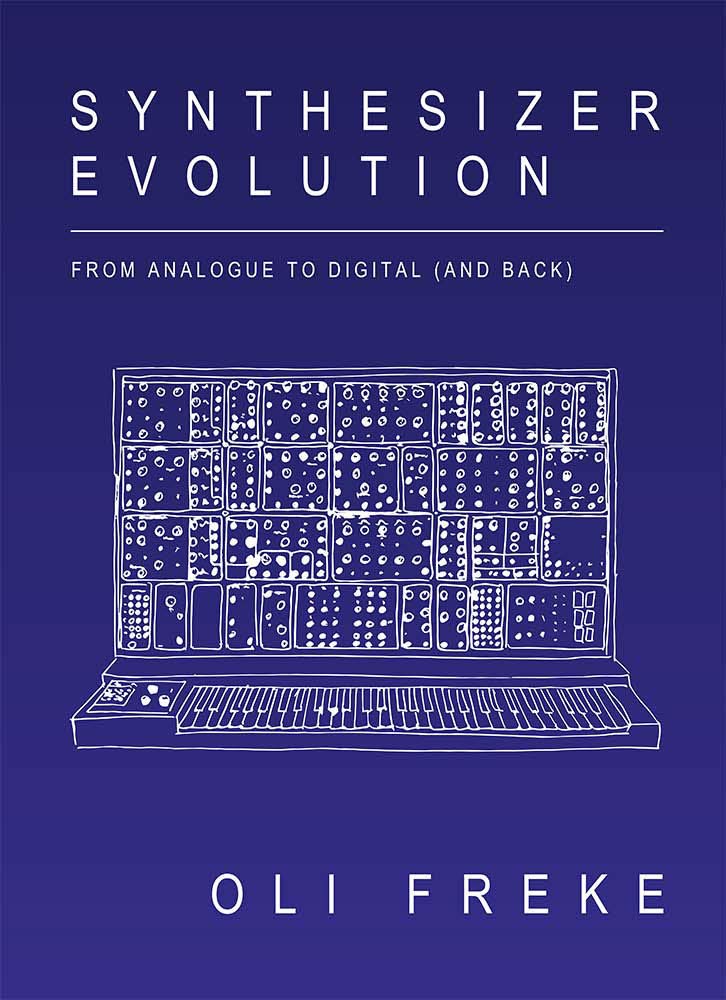

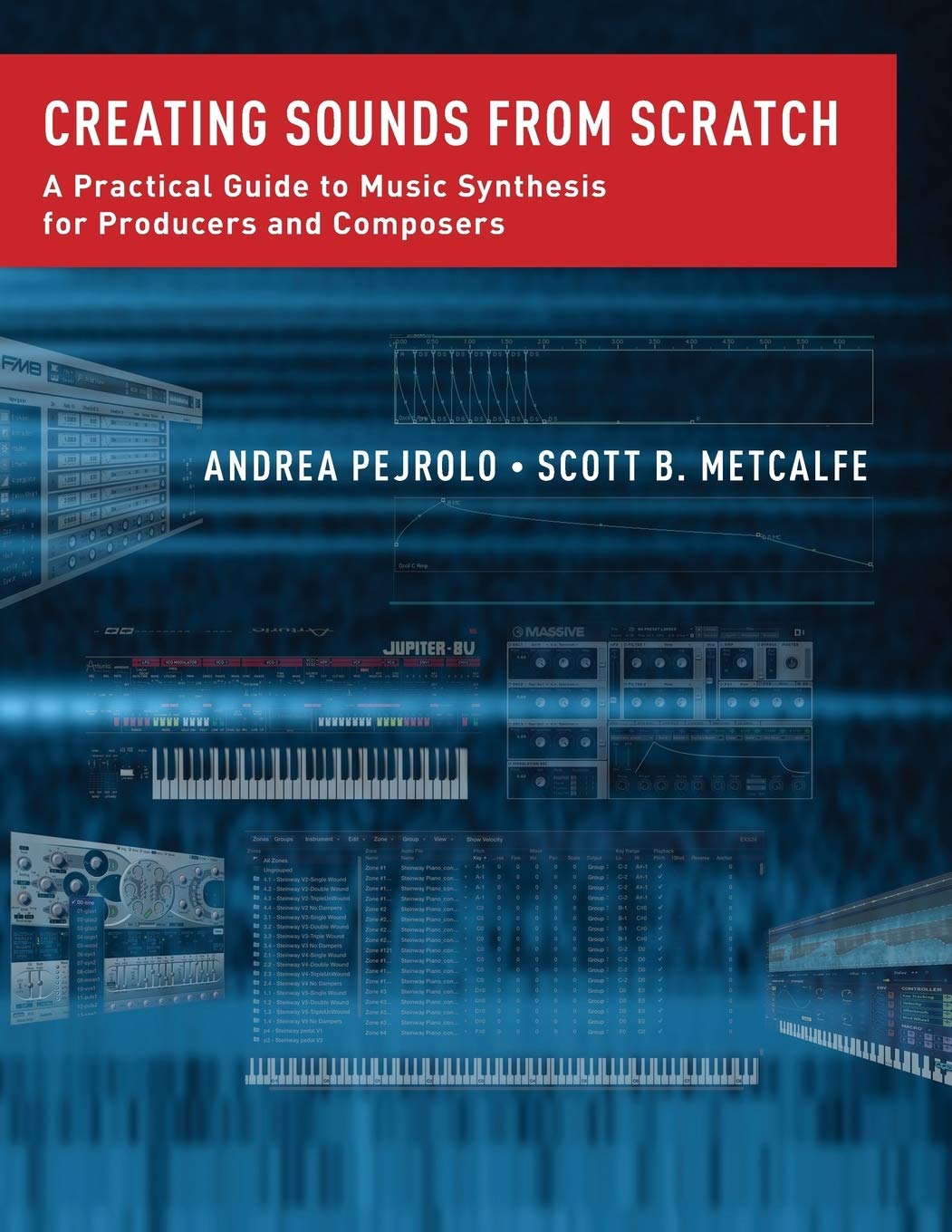


© Matrixsynth - All posts are presented here for informative, historical and educative purposes as applicable within fair use.
MATRIXSYNTH is supported by affiliate links that use cookies to track clickthroughs and sales. See the privacy policy for details.
MATRIXSYNTH - EVERYTHING SYNTH













© Matrixsynth - All posts are presented here for informative, historical and educative purposes as applicable within fair use.
MATRIXSYNTH is supported by affiliate links that use cookies to track clickthroughs and sales. See the privacy policy for details.
MATRIXSYNTH - EVERYTHING SYNTH














